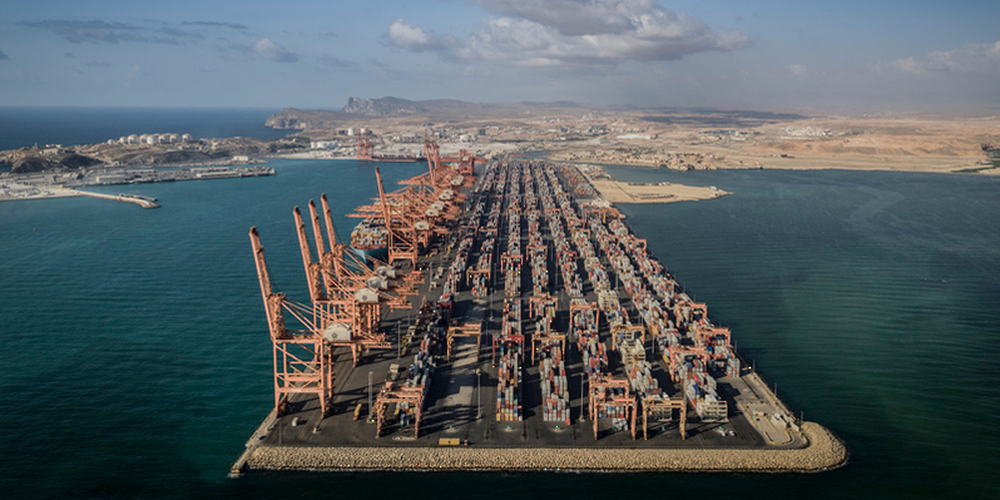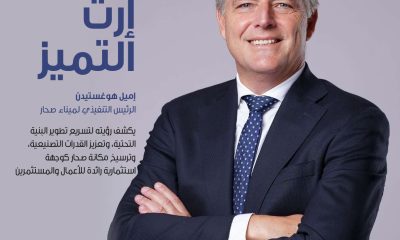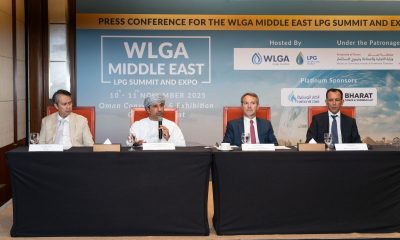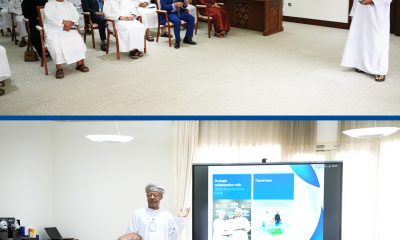Economy
ANALYSIS: Oman’s Public Debt Declines as Fiscal Pressures Shift in Q2 2025
The Sultanate of Oman has recorded a notable reduction in its public debt, even as fiscal dynamics reflect the twin pressures of lower hydrocarbon revenues and higher public expenditure.

The Sultanate of Oman has recorded a notable reduction in its public debt, even as fiscal dynamics reflect the twin pressures of lower hydrocarbon revenues and higher public expenditure.
Debt Management and Private Sector Support
By the end of Q2 2025, Oman’s public debt stood at RO 14.1 billion, down from RO 14.4 billion a year earlier. This steady reduction underscores the government’s ongoing commitment to fiscal consolidation and prudent debt management.
Complementing this trajectory, the Ministry of Finance disbursed more than RO 749 million to the private sector through the financial system, ensuring payments with complete documentation were settled within an average of five working days. This not only strengthens liquidity across the private sector but also signals the government’s intention to foster a more predictable business environment.
Revenue Performance: Hydrocarbon Decline vs. Non-Oil Gains
Total public revenue reached RO 5,839 million by the end of Q2 2025, marking a 6% decline from RO 6,197 million in Q2 2024. The shortfall is primarily attributed to lower hydrocarbon receipts:
-
Net oil revenue dropped 10% to RO 3,018 million (Q2 2024: RO 3,362 million) on the back of reduced average oil prices and production.
-
Net gas revenue fell 6% to RO 884 million (Q2 2024: RO 943 million).
In contrast, current revenue provided a measure of resilience, edging up 2% to RO 1,928 million, compared to RO 1,882 million a year earlier. This incremental rise suggests a gradual strengthening of non-oil revenue sources, a core pillar of Oman’s fiscal diversification efforts under Vision 2040.

Expenditure Trends: Controlled Current Spending, Higher Development Outlays
Public spending expanded by 5%, reaching RO 6,098 million by the end of Q2 2025, compared with RO 5,806 million in the same quarter of 2024. The rise is largely development-driven:
-
Current expenditure eased slightly, down 1% to RO 4,118 million, signaling tighter controls on recurrent costs.
-
Development expenditure surged to RO 688 million, accounting for 76% of the total RO 900 million allocated for 2025. The accelerated pace highlights the government’s intent to press ahead with infrastructure and long-term projects.
Meanwhile, contributions and other expenses climbed 7% to RO 1,161 million (Q2 2024: RO 1,088 million), reflecting expanded subsidy allocations.
These included RO 339 million for electricity, RO 289 million for the social protection system, and RO 44 million for oil products. Additionally, RO 200 million was transferred to the future debt obligations budget item — a strategic provision to safeguard fiscal stability.
Social Spending: Sustaining Welfare and Basic Services
By the end of Q2 2025, Oman spent RO 3,122 million on social sectors and basic services, reaffirming the government’s commitment to welfare and essential services despite revenue headwinds. This allocation aligns with national priorities to balance fiscal prudence with social protection.
Outlook: Balancing Consolidation and Growth
The Q2 2025 fiscal snapshot illustrates a complex balancing act: while public debt continues to decline and non-oil revenues show steady improvement, hydrocarbon reliance remains a vulnerability, exposing revenues to global oil and gas market volatility. At the same time, the government’s choice to front-load development expenditure while controlling current spending reflects a growth-oriented strategy that prioritizes long-term infrastructure and social investment.
If sustained, these measures could position Oman on a firmer fiscal footing, gradually reducing hydrocarbon dependency while maintaining a credible path of debt reduction and socio-economic development.
-

 Magazines1 month ago
Magazines1 month agoOER – September 2025 Issue
-

 News1 month ago
News1 month agoKitchenomiKs Secures Investment of US$3.2M Led by Jasoor Ventures
-

 Alamaliktistaad Magazines1 month ago
Alamaliktistaad Magazines1 month agoAlam Al Iktisaad – September 2025 Edition
-

 News1 month ago
News1 month agoCent Capital, AI Finance App by ex-AWS Strategist ‘The Beast of Bay Area,’ Launches to End Financial Anxiety, Hits $1M AUM
-

 News1 month ago
News1 month agoOman Inaugurates ‘Hadatha’ – Its All-New Cybersecurity Center
-

 News1 month ago
News1 month agoIEA Expects Global Oil Market to Remain Oversupplied in 2026
-

 Energy1 month ago
Energy1 month agoWLGA Middle East LPG Summit & Expo 2025 to be held at OCEC on November 10 and 11
-

 Banking & Finance1 month ago
Banking & Finance1 month agoOman Arab Bank Highlights Its Ongoing Strategic Initiatives and Future Plans






























